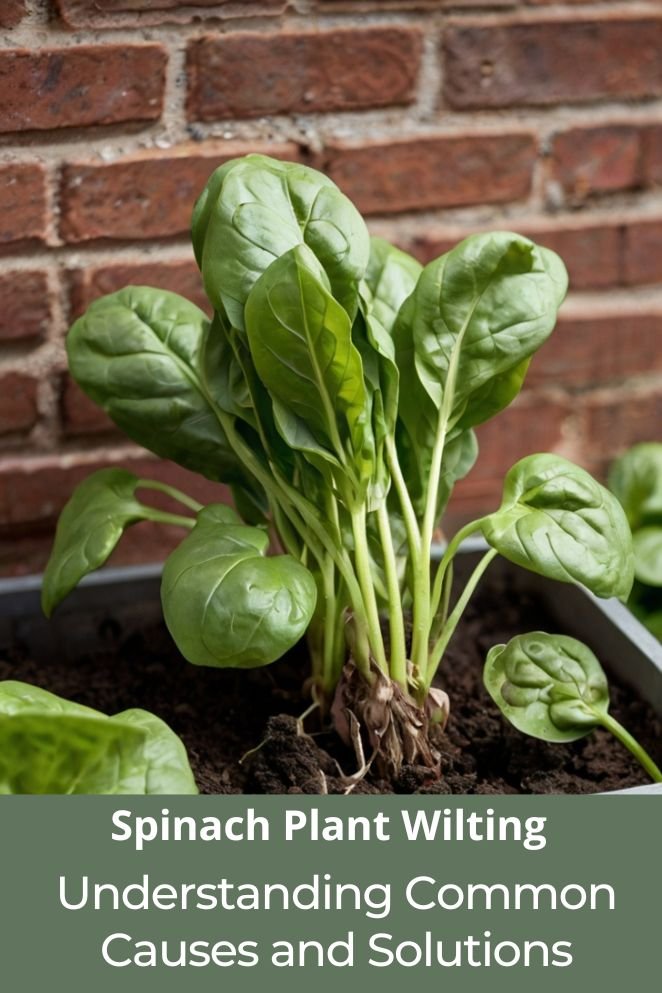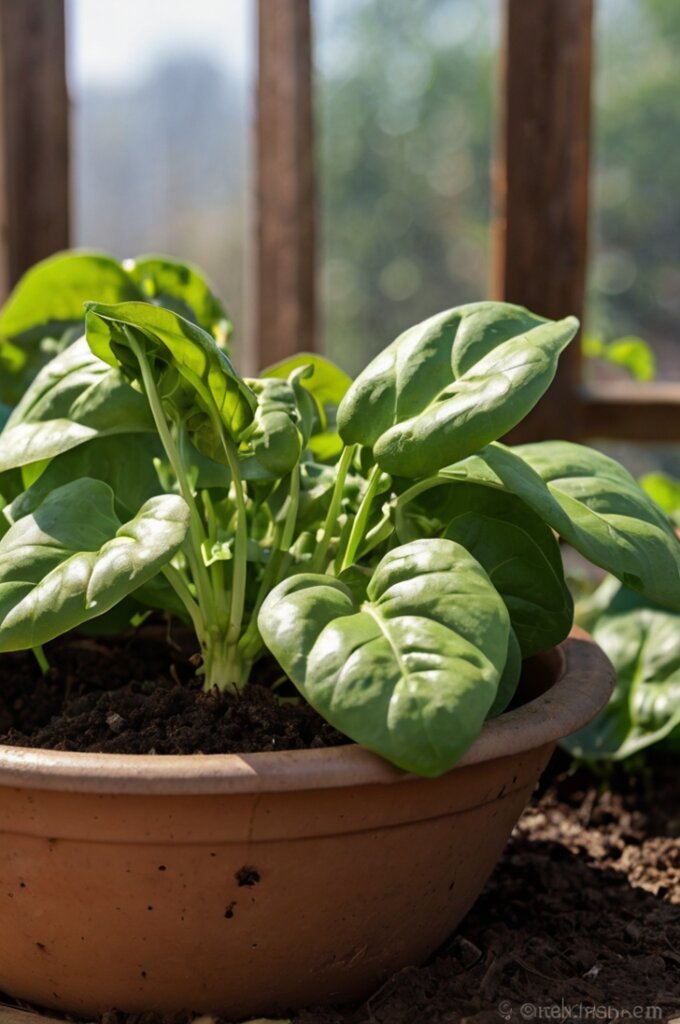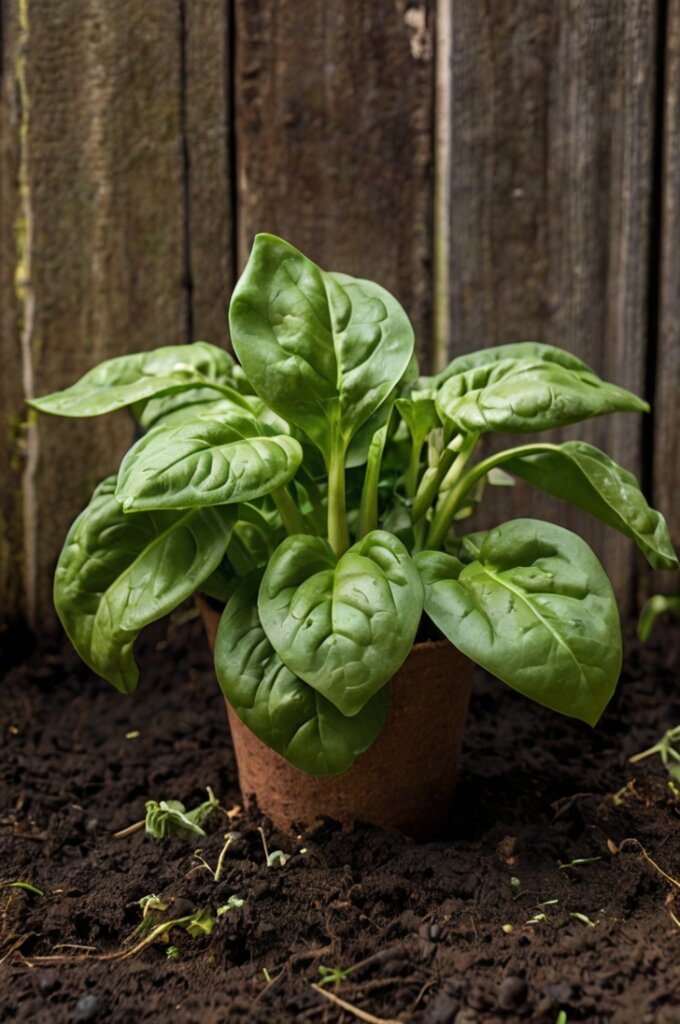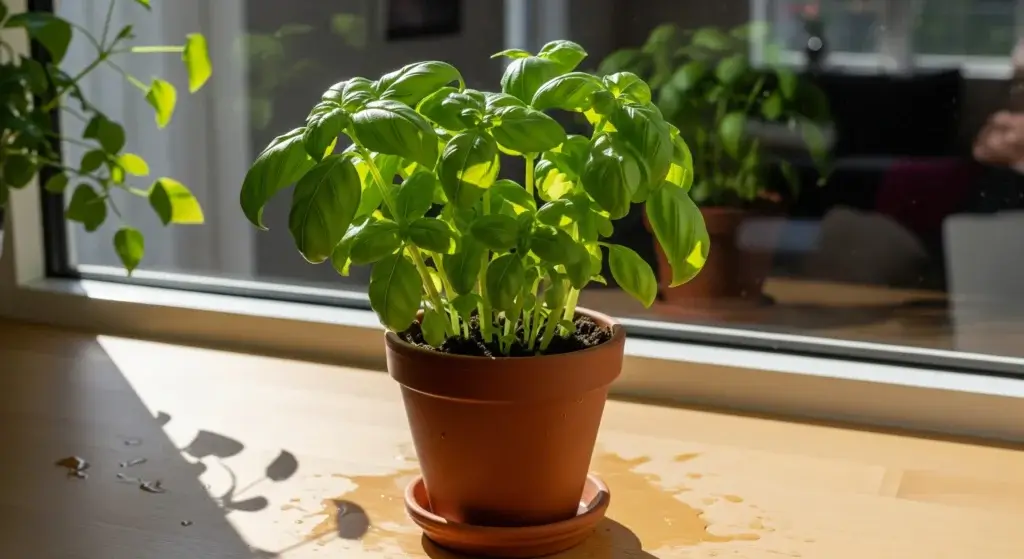
Spinach is a favorite among home gardeners due to its nutritional value and relatively easy growth.
However, one common issue that gardeners face is spinach plants wilting.
Wilting can be a sign of stress in the plant, signaling underlying problems that could lead to poor growth or even plant death if not addressed quickly.
Whether you’re growing spinach in your backyard or in pots, understanding the causes of wilting and how to fix them is crucial for healthy, thriving spinach plants.
In this blog post, we’ll explore the causes of spinach plant wilting and the best solutions to keep your plants healthy.
Causes of Spinach Plant Wilting
Wilting in spinach plants can be caused by several factors, and the symptoms can often look the same regardless of the underlying issue.
By identifying the exact cause, you can take appropriate steps to solve the problem.
Underwatering
One of the most common causes of wilting in spinach plants is underwatering.
Like most plants, spinach requires consistent moisture, and if the soil dries out too much, the plant will begin to wilt as a sign of dehydration.
The leaves may become limp and discolored, and growth will slow down.
Signs of underwatering
- Dry, crumbly soil
- Limp or drooping leaves
- Leaves may become crispy at the edges
According to the Journal of Plant Physiology, plants experience wilting when water loss from leaves exceeds water uptake by the roots.
This means your spinach isn’t getting enough water to sustain itself, causing it to droop.

Overwatering
On the flip side, overwatering is another major cause of wilting.
While spinach enjoys moist soil, waterlogged conditions can suffocate the roots and prevent them from absorbing oxygen.
This leads to root rot and ultimately, plant wilting.
Signs of overwatering
- Soggy soil that doesn’t dry out
- Yellowing leaves
- Stunted growth
- Foul-smelling soil (indicating root rot)
A study published in the International Journal of Plant Biology shows that overwatering can be as damaging as underwatering, as it compromises the plant’s ability to absorb nutrients and oxygen from the soil.
Nutrient deficiency
Nutrient deficiencies can also cause spinach plants to wilt.
Spinach is a heavy feeder, particularly in nitrogen, which is essential for leafy growth.
A lack of nutrients can weaken the plant, making it more susceptible to stress and wilting.
Signs of nutrient deficiency
- Pale or yellow leaves (often starting at the bottom)
- Stunted growth
- Wilting despite adequate water
Soil testing is recommended to determine if your spinach plants are lacking essential nutrients.
If so, adding the right fertilizer can revitalize the plant and prevent wilting.
Pests and Diseases
Certain pests and diseases can cause wilting in spinach plants.
Aphids, for example, suck the sap from spinach leaves, causing them to curl and wilt.
Additionally, fungal diseases such as Fusarium wilt or Downy mildew can block water and nutrient uptake, resulting in wilting.
Common pests and diseases
- Aphids: Small, green or black insects that cluster on leaves and stems.
- Fusarium wilt: A soil-borne fungus that causes leaves to yellow, wilt, and die.
- Downy mildew: A fungal disease that causes yellow patches on leaves and eventual wilting.
According to a study in the Plant Disease Journal, diseases like Fusarium wilt can persist in the soil for years, infecting future plantings if not managed properly.

Solutions and Preventive Measures
Now that we’ve covered the common causes of wilting, let’s explore practical solutions to ensure your spinach plants stay healthy and strong.
Adjusting watering
Whether your spinach is wilting from underwatering or overwatering, adjusting your watering practices is key to solving the issue.
- For underwatering: Ensure your spinach receives about 1 to 1.5 inches of water per week. Water deeply so that the soil is moist at least 6 inches below the surface.
- For overwatering: Let the soil dry out between waterings. If your soil tends to stay soggy, consider switching to a better-draining potting mix or garden soil.
Monitoring moisture levels using a soil moisture meter can help maintain the right balance of water for your spinach plants.
Improving soil drainage
Good soil drainage is essential for preventing both overwatering and root rot.
You can improve soil drainage by adding organic matter such as compost, which helps balance moisture retention and aeration.
For potted spinach plants, make sure your pots have drainage holes to allow excess water to escape.
If your garden soil is heavy or clay-like, consider creating raised beds to improve drainage.
Providing adequate nutrients
If nutrient deficiencies are causing your spinach to wilt, it’s important to provide a balanced fertilizer, particularly one high in nitrogen.
A slow-release fertilizer can help feed your plants over time, ensuring steady, healthy growth.
Organic options such as compost or well-rotted manure are excellent choices for spinach, as they not only provide essential nutrients but also improve soil structure.
Controlling pests and diseases
To keep pests and diseases at bay, regular monitoring of your spinach plants is crucial.
Here’s how you can protect your plants:
- For pests like aphids: Spray plants with a mixture of water and dish soap or introduce natural predators like ladybugs.
- For fungal diseases: Avoid overhead watering to keep the leaves dry, as fungi thrive in moist conditions. If your plants are infected, remove the affected leaves and consider applying a fungicide.
Rotating your crops each season can also help prevent soil-borne diseases from affecting your spinach year after year.

Additional Tips for Healthy Spinach Plants
In addition to addressing wilting, following these general care tips will promote healthy, vibrant spinach plants.
Sunlight requirements
Spinach thrives in full sun to partial shade, ideally receiving 6 hours of sunlight per day.
Too much shade can result in weak growth and poor leaf production, while too much direct sun in hot climates can cause the plants to wilt.
Temperature control
Spinach is a cool season crop that grows best in temperatures between 50°F and 70°F.
Hot weather can cause the plants to bolt (flower prematurely) and stop producing leaves.
To prevent this, consider planting spinach in the early spring or fall, and provide shade during hot summer days.
Harvesting and storage
To harvest spinach, pick the outer leaves first, allowing the inner leaves to continue growing.
Regular harvesting encourages more leaf production.
After harvesting, store spinach in a plastic bag in the refrigerator to maintain its freshness for up to a week.
Final Thoughts
Wilting spinach plants can be frustrating, but with the right knowledge and care, you can get your plants back on track.
By adjusting watering practices, improving soil drainage, providing essential nutrients, and keeping pests and diseases under control, you can ensure that your spinach plants remain healthy and productive.
Remember, spinach plants thrive in cool, well-drained conditions with plenty of nutrients, so give them the care they need to flourish in your garden or pots.



